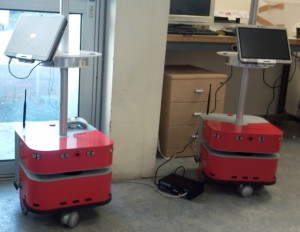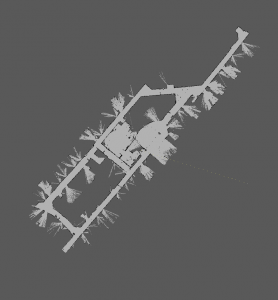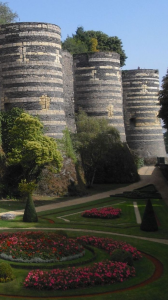The 11th IEEE International Symposium on Safety, Security, and Rescue Robotics continues its tradition of attracting cutting-edge papers in the theory and practice of robots for all types of safety, security, and rescue applications such as disaster response, mitigation and recovery; rapid and secure inspection of critical infrastructure; detection of chemical, biological and radiological risks, and operations in these dangerous sites.
SSRR 2013 also serves as an entry point for researchers and technologists who want to learn more about safety, security and rescue robotics, through tutorials and keynotes.
A Rescue Robotics Camp, attached to the conference, gives participants the opportunity to learn about the state of the art algorithms for Search and Rescue Robots and their use. The camp is organized in collaboration with the NIFTi EU project and RoboCup.
Papers and participation fall into:
- Regular papers (4-6 pages) describing original work in SSR or work that can be applied to SSR domains.
- Center/project papers (2-4 pages) describing work at centers or active multi-institutional projects.
- Vision papers (2-4) presenting long-term challenges or new ideas outside of the mainstream in computing for SSR robotics.
- Late Breaking Reports (1-2 pages) contributing novel directions or work which has not been fully analyzed or explored. Late Breaking Reports are reviewed and the relevance of the material to the SSR domains must be clear.
Topics include but are not limited to:
- Biologically inspired solutions
- Casualty assessment, care and extraction
- Chemical, biological, or radiological events
- Computer vision
- GPS-denied navigation and mapping
- Humanoid robots
- Humanitarian demining
- Human-robot interaction
- Inspection of critical infrastructure
- Manipulation
- Multi-agent coordination
- Nuclear decommissioning
- Sensing and sensor fusion
- SLAM in extreme environments
- Structural assessment
- Telemedicine
- Unmanned ground, aerial, and marine vehicles
- Urban search and rescue
- Wildland fire fighting
In addition, SSRR 2013 encourages the submission of “non-traditional” papers which contribute to understanding robot systems for Public Safety and have an explicit link to Public Safety but may not have results in a high fidelity SSRR domain.
SSRR 2013 will have three paper awards:
- Best Paper Award
- Best Student Paper Award
- Outrageous Visions Award
Important Dates
- Jun 14, 2013 Submission of proposals for tutorials and special sessions
- Jul 19, 2013 Submission of regular papers, center/project papers, and vision papers
- Aug 26, 2013 Notification of acceptance
- Sep 6, 2013 Submission of Late Breaking Reports
- Sep 16, 2013 Notification of acceptance of Late Breaking Reports
- Sep 27, 2013 Submission of final papers


